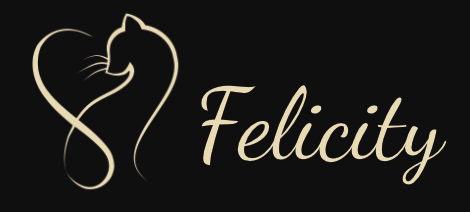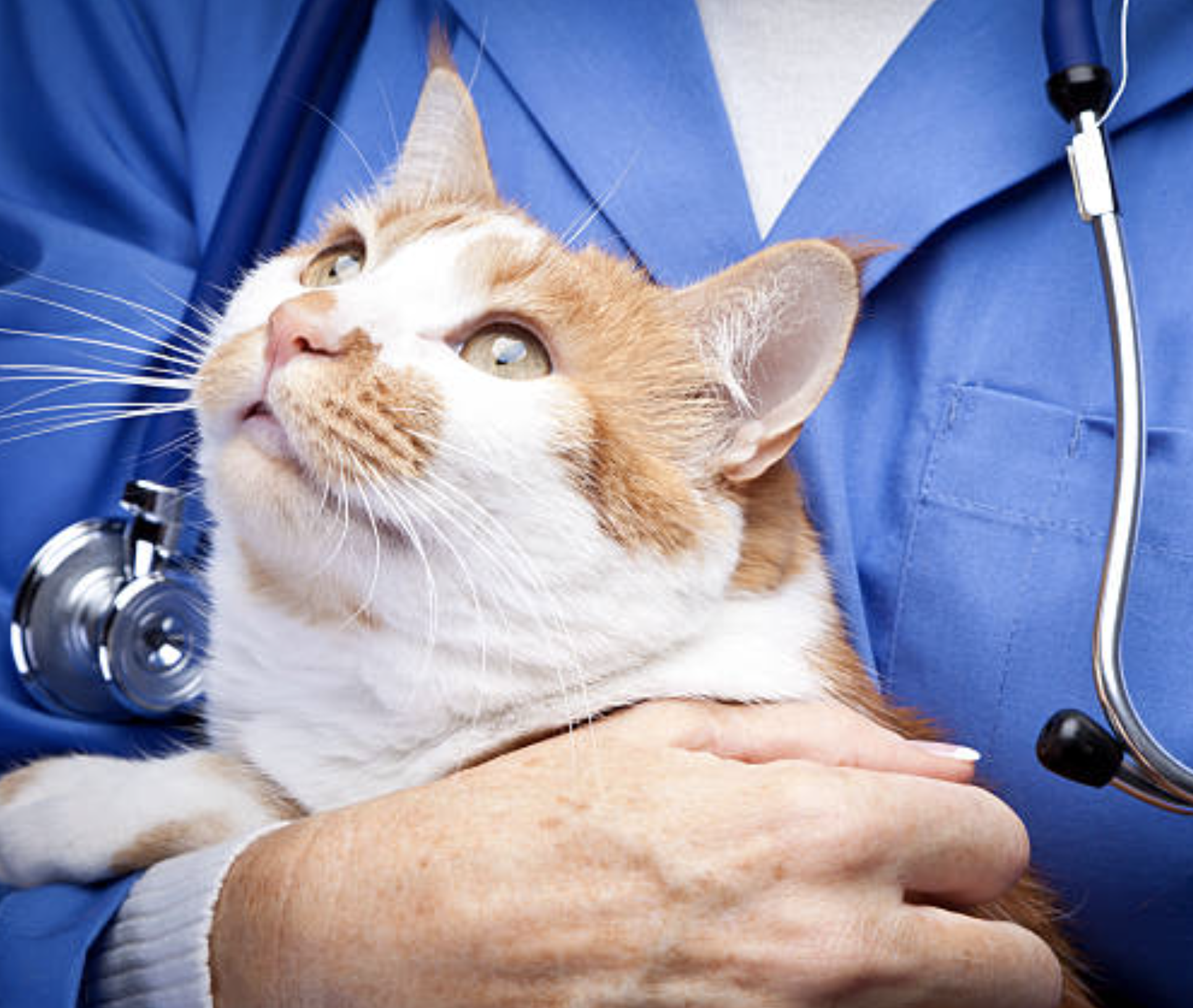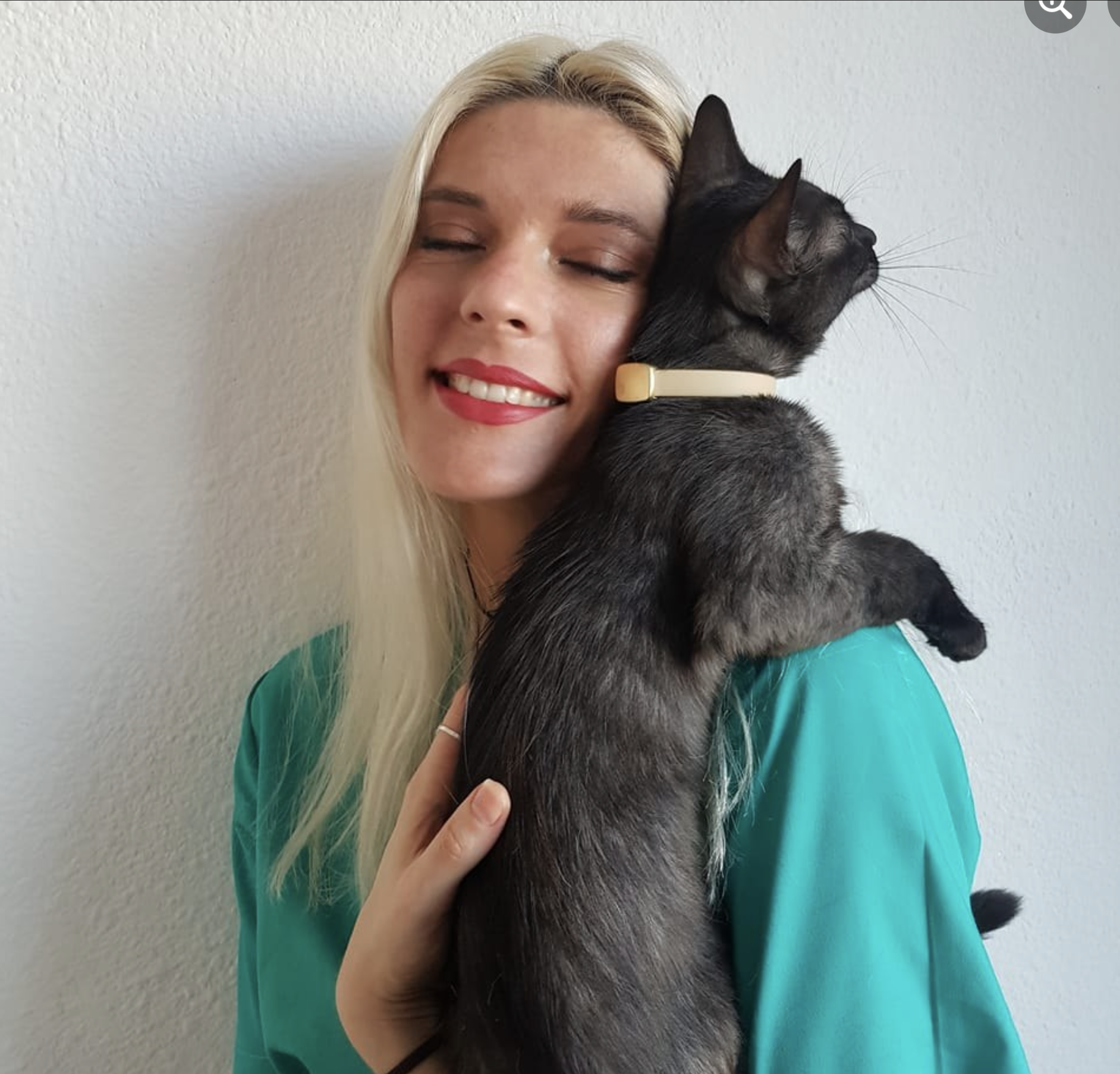Your cat’s health depends on three fundamental elements: diet, fresh water, and exercise. A poor diet can lead to various health problems and a low quality of life. With so many pet food brands on the market, choosing the best diet for your cat can be a real challenge.
Even if your cat is eating well, this is not enough. Your pet must eat quality foods that promote its health. Poor-quality diets do not contain all the essential nutrients your cat needs. In the long run, this can lead to various health problems, which can sometimes be irreversible.
The Importance of Feline Nutrition
Feline nutrition has a major impact on your cat’s health. In other words, an adequate, balanced, and varied diet can significantly contribute to the health of your fur baby.
Cats are obligate carnivores. As a result, they must consume a diet based on animal protein. More precisely, for a healthy life, cats must consume 50% proteins, 40% lipids, and only 10% carbohydrates (this is if they do not have a health problem and the veterinarian recommends otherwise).1
Cats also need water, but they prefer to get it from the animals they hunt (as their ancestors did). But domestic cats, especially indoor cats, rarely have the chance to catch their food. Therefore, the water must come from the food they consume.
Wet food is best if your cat doesn’t drink enough water because it has approximately 78% water in its composition. Wet food is also richer in protein and fat, while dry food has a higher level of carbohydrates.
Your cat’s food should also be divided into several small portions. In the wild, cats hunt and eat several times a day and digest food much faster (than humans or dogs).
If you give your cat an unbalanced intake of macronutrients, you risk causing various health disorders – firstly of a gastrointestinal nature, then even liver and kidney damage.
How Common Health Issues Are Related to Poor Diet
A low-quality diet can lead to health problems over time, some being more common than others.
Loose stinky stools/Diarrhea
If your cats’ food has high-fat content, it can lead to loose stinky stools or diarrhea. These symptoms can appear at any age and usually resolve when you change your cat’s food.
In other cases, your cat may be allergic to an ingredient in the food, which can lead to diarrhea or vomiting. Also, changing your cat’s diet suddenly can lead to diarrhea and other gastrointestinal symptoms.
Obesity
Diets low in protein but rich in fats and carbohydrates, combined with a lack of exercise, can lead to obesity. Permanent access to food is also a contributing factor.
As studies show, obesity can occur from the age of 13 months.7 A healthy cat should have between 16-25% body fat. When the cat’s weight exceeds the ideal by 40-50% (i.e. it has a fat percentage between 56-65%), it’s in the obesity range.
Obesity can lead to other medical conditions, such as: diabetes, arthritis, high blood pressure, and cancer.
Dry Skin & Dandruff
Diets low in vitamins (vitamin A), minerals, and especially omega-3 and 6 fatty acids can lead to dandruff, dry skin, excessive hair loss, and matted fur.
This condition can occur at any age and can be treated by supplementing your cat’s diet with fish oil. Also, your cat’s food should include high-quality, digestible, and easily-absorbed protein.
Hairball
There are many reasons why cats eliminate hairballs (trichobezoars), but it can be due to an unbalanced diet. It is possible that an unbalanced diet modifies the gut microbiome and, therefore, decreases intestinal motility (bowel movements). 9
Signs of hairballs in cats include the presence of hair in vomit or feces, frequent gagging, coughing, or hacking, constipation or loose stools. To help your cat, brush it regularly and feed diets specially formulated for hairball control.
Struvite Stones
Struvite stones can form if the cat eats only dry food and doesn’t drink much water. The lack of moisture in the diet makes the urine very concentrated and alkaline, forming struvite crystals. This condition appears on average in five-year-old cats.2
Kidney Diseases
Kidney diseases also appear due to the lack of water in their diet. Prolonged dehydration puts pressure on the kidneys, which can lead to kidney disease, especially in older cats.
Kidney disease can also occur if cats are fed diets too rich in protein and potassium.3
Signs of kidney disease include: frequent urination, house soiling, dry coat, bad breath, constipation, weight loss, drinking lots of water, etc.
Urinary Tract Infections (UTIs)
These infections are rare in cats compared to dogs. They are mainly found in elderly cats and have several causes, including high-carbohydrate and low-moisture diets.4
This type of diet usually leads to the formation of urinary stones, which in turn can lead to recurrent urinary infections. Also, cats suffering from hyperthyroidism and diabetes mellitus are more prone to urinary infections.
Diabetes
Cats do not process dietary carbohydrates as well as other animals because they lack glucokinase, a liver enzyme. The high content of carbohydrates in dry food raises cats’ blood sugar abnormally and leads to a metabolic imbalance.
Cats fed diets rich in carbohydrates can develop diabetes in extreme cases.6 Signs of diabetes in cats include increased thirst, frequent urination, and sometimes vomiting. Diabetes is more common in obese cats.
Heart Disease
This disease usually occurs in elderly cats and has several causes, including an improper diet. Diets low in essential nutrients (in particular, low in taurine) or those rich in salt can lead to heart diseases over time.
Taurine is an indispensable amino acid for cats, which is found in abundance in meat. Cats kept on a vegetarian diet are more prone to develop heart disease due to insufficient taurine intake. Plants do not contain enough taurine, and supplementation is vital.
The high levels of sodium in the diet can cause water retention in blood vessels and increase blood pressure, which in turn will lead to an enlarged heart over time.
Pancreatitis
There is anecdotal evidence suggesting that feeding cats high-fat diets can lead to pancreatitis.8 It usually occurs in older cats, and the symptoms can include: fever, abdominal pain, lack of appetite, vomiting, diarrhea, weight loss, and dehydration.
Pancreatitis can occur secondary to diabetes, inflammatory bowel diseases, cancer, etc. Easily digestible diets with moderate amounts of fat are usually recommended in this condition.
Hyperthryroidism
This disease is not directly associated with the food cats eat, but poor diet is considered a possible triggering factor. There may be certain compounds or chemicals in cats’ diets that disturb the thyroid. 5
The most common signs are: increased appetite, frequent urination, increased thirst, weight loss, vomiting, or diarrhea.
Conclusion
A quality diet is essential for the proper functioning of your cat’s body. If you feed a low-quality diet, over time, your cat can develop various health problems, some of which may be irreversible.
The most common medical conditions that can occur due to a poor diet are urinary and digestive diseases, dry skin and dandruff, and obesity. Not so common are heart diseases, pancreatitis, and diabetes.
To avoid this, make sure your cat receives a quality and balanced diet, fresh water, and exercises daily for a healthy life.


